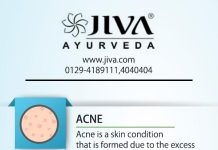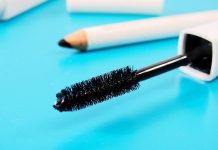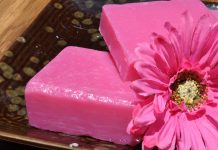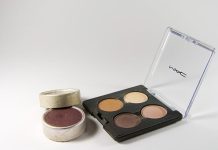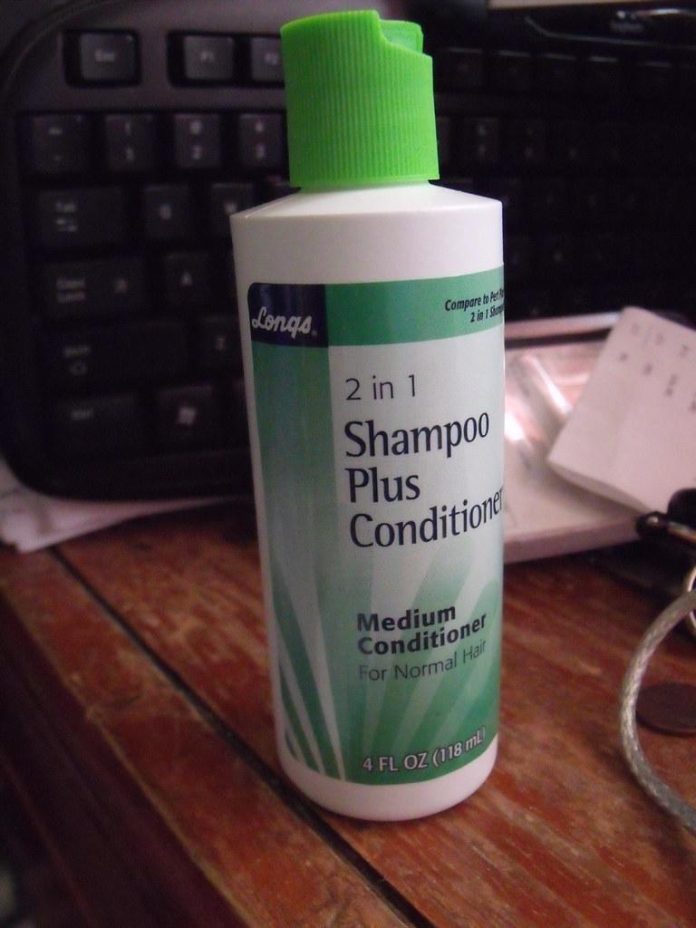In the bustling aisles of any supermarket, the hair care section presents a colorful conundrum: rows of bottles promising luscious locks, each claiming to hold the secret to your hair’s happiness. Among them, the 2-in-1 shampoo and conditioner stands out, offering a convenient solution for those pressed for time. But does this all-in-one marvel truly meet our hair’s needs, or is a separate conditioner the unsung hero of a healthy hair regimen? As we unravel the tangled truths behind these products, we delve into the science and practicality of hair care, helping you decide what’s best for your tresses.
The Science Behind Hair Care: Understanding Shampoo and Conditioner
When it comes to hair care, the chemistry behind shampoos and conditioners plays a crucial role. Shampoo is primarily designed to cleanse the scalp and hair, removing dirt, oil, and product buildup. It contains surfactants, which are compounds that help break down and wash away impurities. On the other hand, conditioners are formulated to moisturize and detangle hair. They contain cationic surfactants that neutralize the negative charges on hair strands, reducing static and smoothing the cuticle.
For those considering a 2-in-1 shampoo, it’s important to understand its dual function. While it offers the convenience of cleansing and conditioning in one step, the conditioning effect might not be as intensive as a separate conditioner. Here’s a quick breakdown of their pros and cons:
- 2-in-1 Shampoo:
- Pros: Time-saving, less expensive, space-efficient.
- Cons: May not provide adequate conditioning for dry or damaged hair.
- Separate Conditioner:
- Pros: Allows for tailored treatment, better hydration and repair.
- Cons: Requires additional time and cost.
Ultimately, the choice between a 2-in-1 product and separate conditioner depends on your hair type and specific needs.

Benefits and Drawbacks: Weighing 2-in-1 Shampoo Against Separate Products
Choosing between a 2-in-1 shampoo and separate products can be a personal journey. 2-in-1 shampoos offer convenience, saving time and space in your shower. They are especially appealing for those with busy lifestyles or who travel frequently. These products are designed to cleanse and condition simultaneously, providing a quick solution for basic hair care needs.
However, there are some drawbacks to consider. For individuals with specific hair concerns, such as dryness, frizz, or color-treated hair, separate products might be more effective. Using distinct shampoos and conditioners allows for targeted treatments and customization. Here’s a quick comparison:
- Convenience: 2-in-1 products are perfect for those short on time.
- Customization: Separate products offer tailored care for different hair types.
- Cost: 2-in-1 options can be more budget-friendly, reducing the need for multiple purchases.
- Effectiveness: Specific issues like dandruff or damaged hair may require dedicated products for optimal results.
Ultimately, the choice depends on your hair’s unique needs and your personal preferences. Both options have their place in the world of hair care.

Hair Types and Needs: Tailoring Your Routine for Optimal Results
Understanding your hair type is essential when deciding between a separate conditioner and a 2-in-1 shampoo. Each hair type has its unique needs, and tailoring your routine can lead to optimal results. Here’s a quick guide to help you determine what might work best for your locks:
- Fine Hair: Often benefits from the lightweight nature of a 2-in-1 shampoo. This can help prevent the hair from being weighed down, maintaining volume and bounce.
- Thick or Coarse Hair: Usually requires the added moisture that a separate conditioner provides. The rich, hydrating formula can help in managing frizz and enhancing shine.
- Curly Hair: Needs extra nourishment and often fares better with a dedicated conditioner to maintain curl definition and moisture balance.
- Oily Hair: A 2-in-1 might suffice, as it can cleanse without over-conditioning, which is crucial for preventing excess oil buildup.
In essence, the choice between a 2-in-1 and a separate conditioner depends on your specific hair type and personal preferences. Consider experimenting to find what makes your hair look and feel its best.

Expert Recommendations: Choosing the Right Path for Your Hair
When it comes to maintaining luscious locks, experts suggest tailoring your hair care routine to your specific needs. Hair type plays a pivotal role in this decision. For those with fine or oily hair, a 2-in-1 shampoo might suffice, as it cleanses without weighing hair down. However, if your hair is thick, curly, or dry, separate products can provide more targeted care, offering deeper hydration and nourishment.
- For dry or damaged hair: Opt for a separate conditioner with moisturizing ingredients like argan oil or shea butter.
- For color-treated hair: Choose products specifically formulated to protect and enhance color.
- For sensitive scalps: Look for gentle, sulfate-free options that soothe irritation.
Ultimately, understanding your hair’s unique requirements is key. Consulting with a hair care professional can provide insights tailored to your personal hair journey, ensuring your tresses remain vibrant and healthy.





